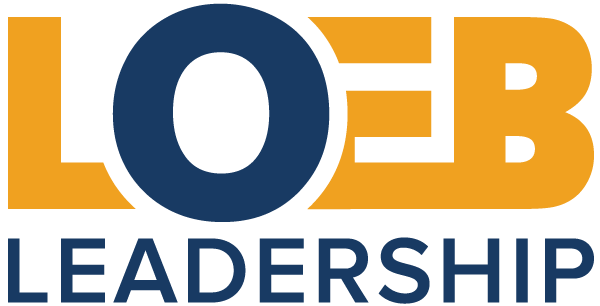I Quit!
“I Quit!”
Likely the most uttered phrase at workplaces right now.
A few weeks ago, I wrote a blog on the impact COVID has had on employees’ mental health and the need for leaders to prepare for a different way of welcoming and managing their people once they return. I wrote the blog in response to concerns from employees about the emotional support they will need once they return to the office, things such as patience, empathy, and an understanding from leaders that their needs are very different now.
Although those concerns are still being raised, some additional warning signs point to very different, yet avoidable, emerging crisis: a mass workforce exodus. According to the Bureau of Labor Statistics, employees are leaving their jobs at the highest rate in 20 years, which suggests employees feel confident they can secure employment with an organization that offers more flexibility or that people aren’t interested in rushing back to the “old normal.” Research conducted by Morning Consult on behalf of Bloomberg News found that 37% of workers would quit if their organization did not offer more flexibility. Our own research conducted this past spring showed that nearly 70% of workers wanted to stay remote at least one day each week. These data points should be more than enough to give senior leaders and business owners who want people back in the office soon reason to be concerned.
If leaders believe that the answer is to incentivize people back to the office through additional compensation, they might be surprised by a recent study conducted by the networking company, Blind, which found that 64% of professionals would turn down a $30k raise if they could continue working remotely. Other business leaders are taking a different approach by hedging their bets with an ultimatum: return to work or else. James Gorman, CEO of Morgan Stanley, has requested that all New York City employees return to the office by September. Jamie Dimon, CEO of JP Morgan, was even more direct in calling his employees’ bluff. Dimon is demanding that his employees return to the office no later than July.
Before we rush to identify a solution, let’s try to better understand the underlying problem: Why are people hesitant to return to the office? Our research highlights a few compelling reasons beyond the fear of contracting the virus:
1. The needs of the employee no longer align with the value proposition of their employer. Every employer has a value proposition, which is the collection of tangible and intangible perks and benefits that are designed to engage and retain talent. As I pointed out in my earlier blog, people returning to the office are not the same as they were pre-Covid. We have different needs and motivators, which may no longer align with what our employers offer. For example, many working parents still have children out of school and may need help with childcare to return to the office full time.
2. The collective epiphany on what’s most valuable to us. I don’t want to sound overly dramatic, but for many of us we’ve just pulled through what can be described as a collective near-death experience. We’ve emerged with a significantly different way of assessing the value of our time. Perhaps some employees no longer see the value of commuting 90 or more minutes to the office for a job that doesn’t fully meet their needs. Instead, they might seek an opportunity that is closer to their home or one that is more purpose driven.
3. Managers who were ill-prepared to adequately onboard new employees. There are many employees who were hired during the pandemic. Some of the newly hired employees we have spoken with describe their onboarding as “chaotic, disjointed, and impersonal.” These are clearly not perspectives that will emotionally anchor new employees to an organization.
The above perspectives keep pulling back to the concept of trust. Trust is not something you pay attention to only when you need it—it’s too late at that point. Organizations should proactively look for ways to build a reservoir of trust, a deep well of empathy and care that can be leveraged when challenges arise or when there are significant differences of opinion between employees and leaders. When there is diminished trust, disagreements can quickly dissolve into tribalism or unhealthy conflict. When that occurs, the priority for each party becomes winning the fight rather than working together to solve a shared problem.
Every organization will likely take a different path toward a solution, although I do feel that trust plays an important part in any solution. The employer vs. employee collision is avoidable here. Meaningful mediation requires both sides to be willing to give something up in return for a greater good for all. So maybe the phrase employees should be saying right now is not “I quit,” but rather, “Please listen.” And the response from business owners and leaders should be, “let’s talk.”
For information on our consulting services, including how to build a culture of trust, visit us at www.loebleadership.com.
David Robert is Chief Talent Strategist at Loeb Leadership. He possesses over 20 years of experience on organizational development, workplace culture and DE&I work. He has written dozens of white papers and research articles on cultures of inclusion, respect and trust.
